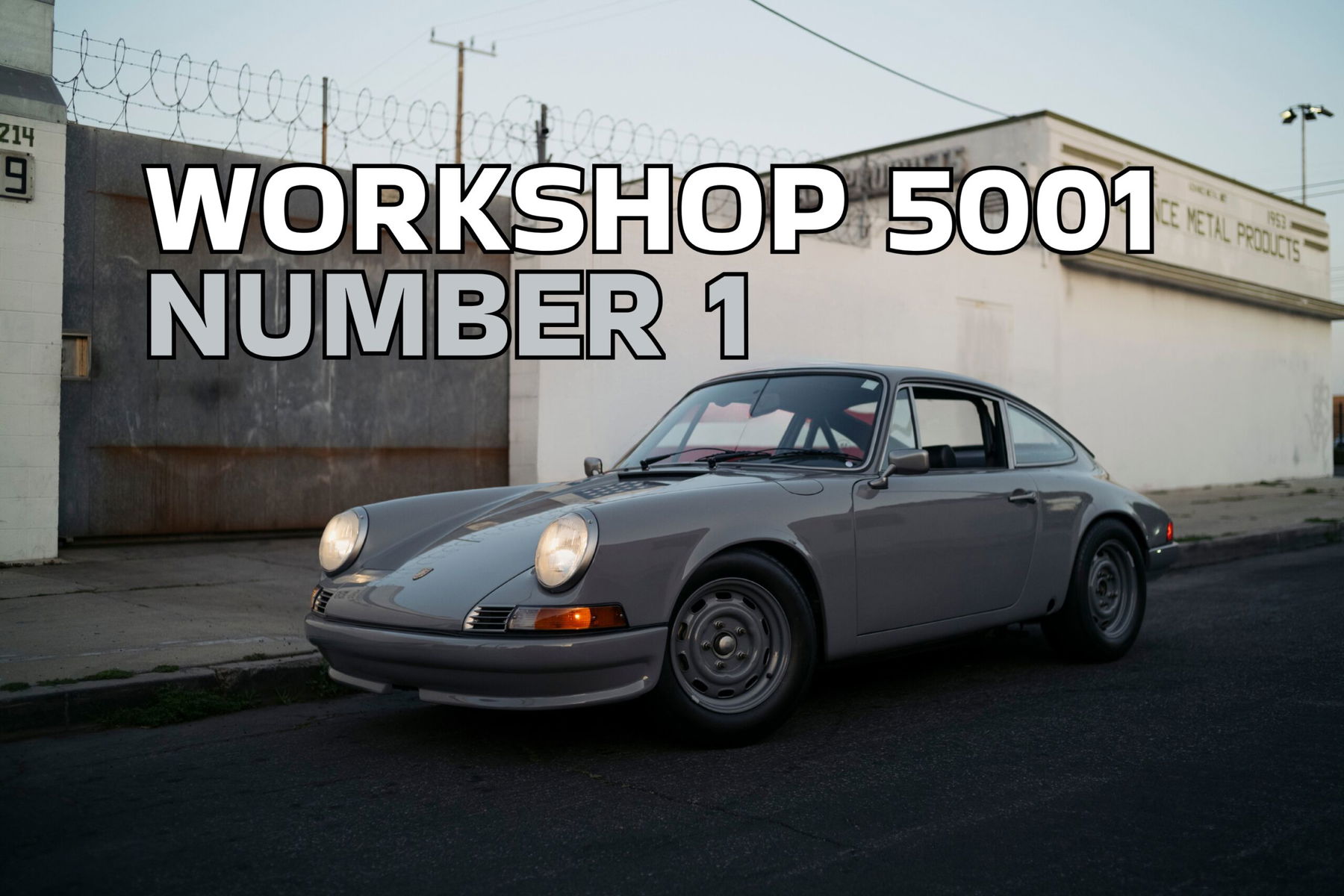
Some cars are fast. Others are rare. But once in a while, there’s a machine that carries something deeper: history, identity, legacy. “Number 1” is exactly that kind of car. It’s the very first full build completed by Marlon Goldberg and his team at Los Angeles based Workshop 5001. Nearly a decade later, the car returns — not as a museum piece, but as an invitation to someone who understands exactly what this machine represents: a driver’s statement in steel and leather. And it could be yours!
Marlon Goldberg is one of the Porsche Outlaw/Restomod scene’s true pioneers. He was one of the masterminds behind the first Singers, being responsible for their first 964-based cars. But for Goldberg, the chapter that followed in 2014 was much more personal. Alongside John Bowman – leading technician behind the very first two Singer G-Model builds – Goldberg sought to create a space where the two skilled craftsmans could thrive, only limited by their own creativity. That was Workshop 5001. The two weren’t interested in wide fenders or backdating. They wanted precision, substance, and a car that spoke softly but carried a big stick.
Marlon Goldberg wanted to create an environment, where his own creativity was the only limit. With Workshop 5001 he wanted to show the world, what he was capable of.
That vision came to life in Number 1. It was their first project together, built not because they had to, but because they wanted to show the world what they are capable of – on their own terms. “It was our quiet statement to the hotrod Porsche world,” says Goldberg. Instead of spectacle, they opted for subtlety: a 1972 Porsche 911 F-Model painted in understated Nardo Grey with a Spinneybeck leather interior, matched by custom tartan inserts. Number 1 rolls on steel wheels, not because they mimicked anything factory-original. They helped make the car look like something someone could’ve built in-period, but with modern precision and tech.
We wanted to build an understated sleeper!
Marlon Goldberg, Workshop 5001 founder
Underneath the modest surface lies serious engineering. In the back, you’ll find a 3.4-liter twin-spark engine making almost 320 hp. “That was possible due to Jenvey individual throttle bodies and a MoTec M84 ECU”, summarizes Goldberg. Power goes through a thoroughly refreshed 915 transmission with a limited slip differential with 60 per cent lock under acceleration.

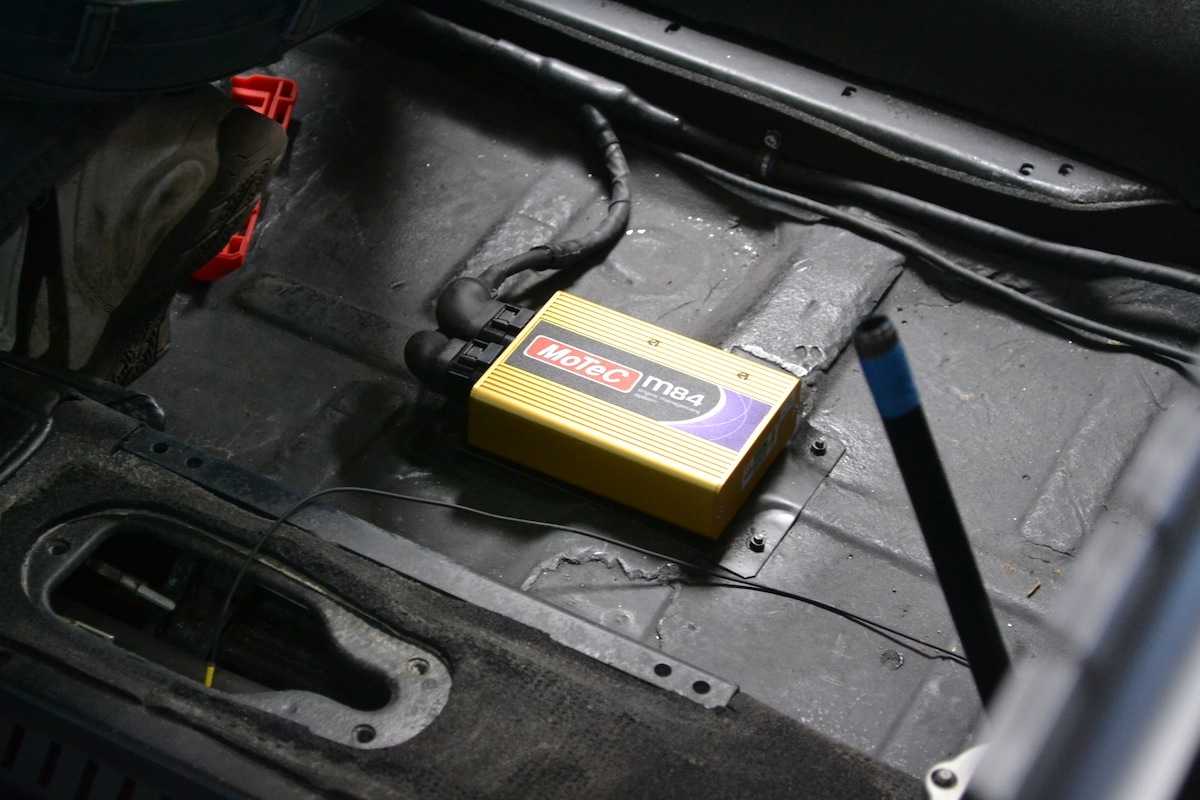
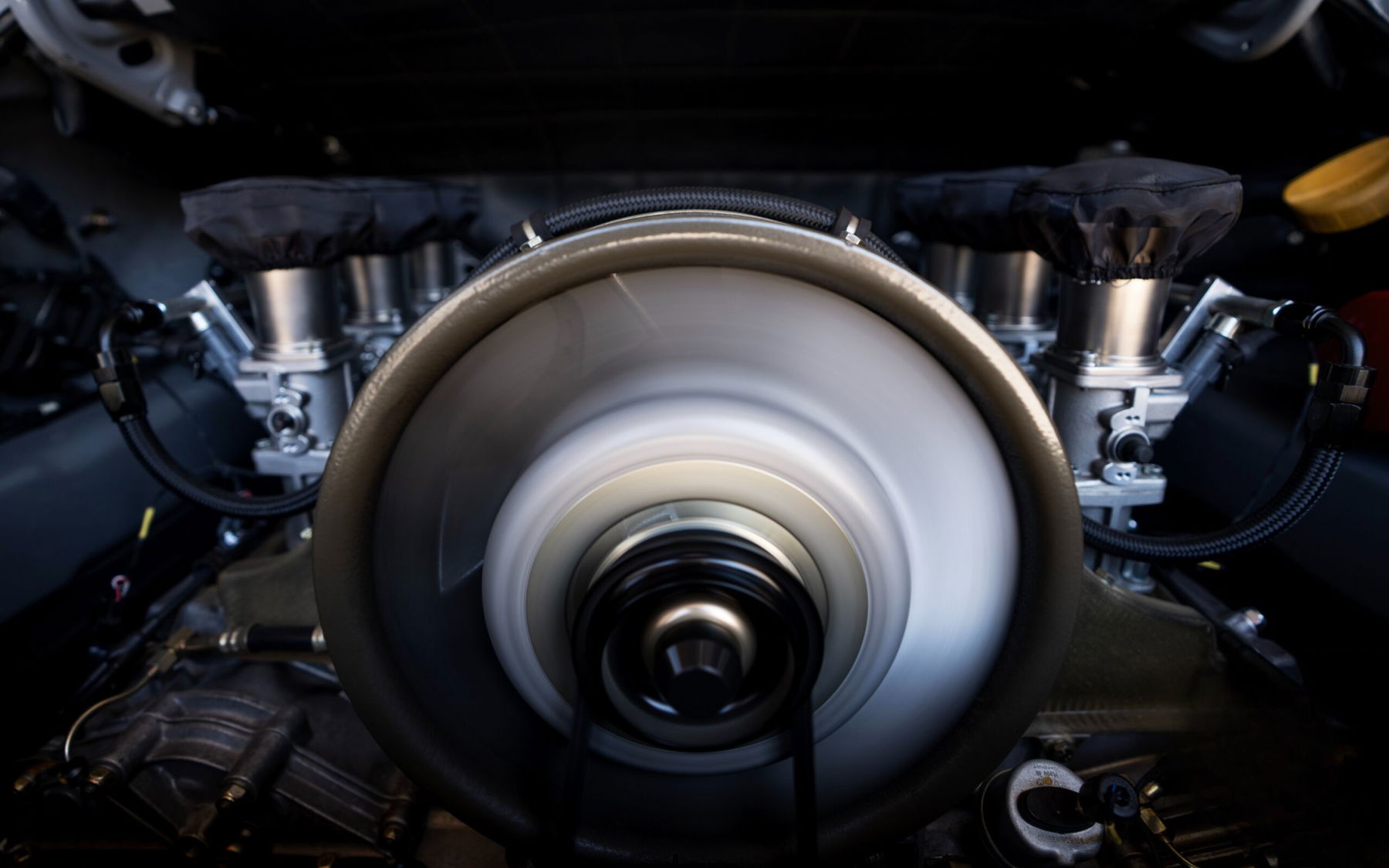
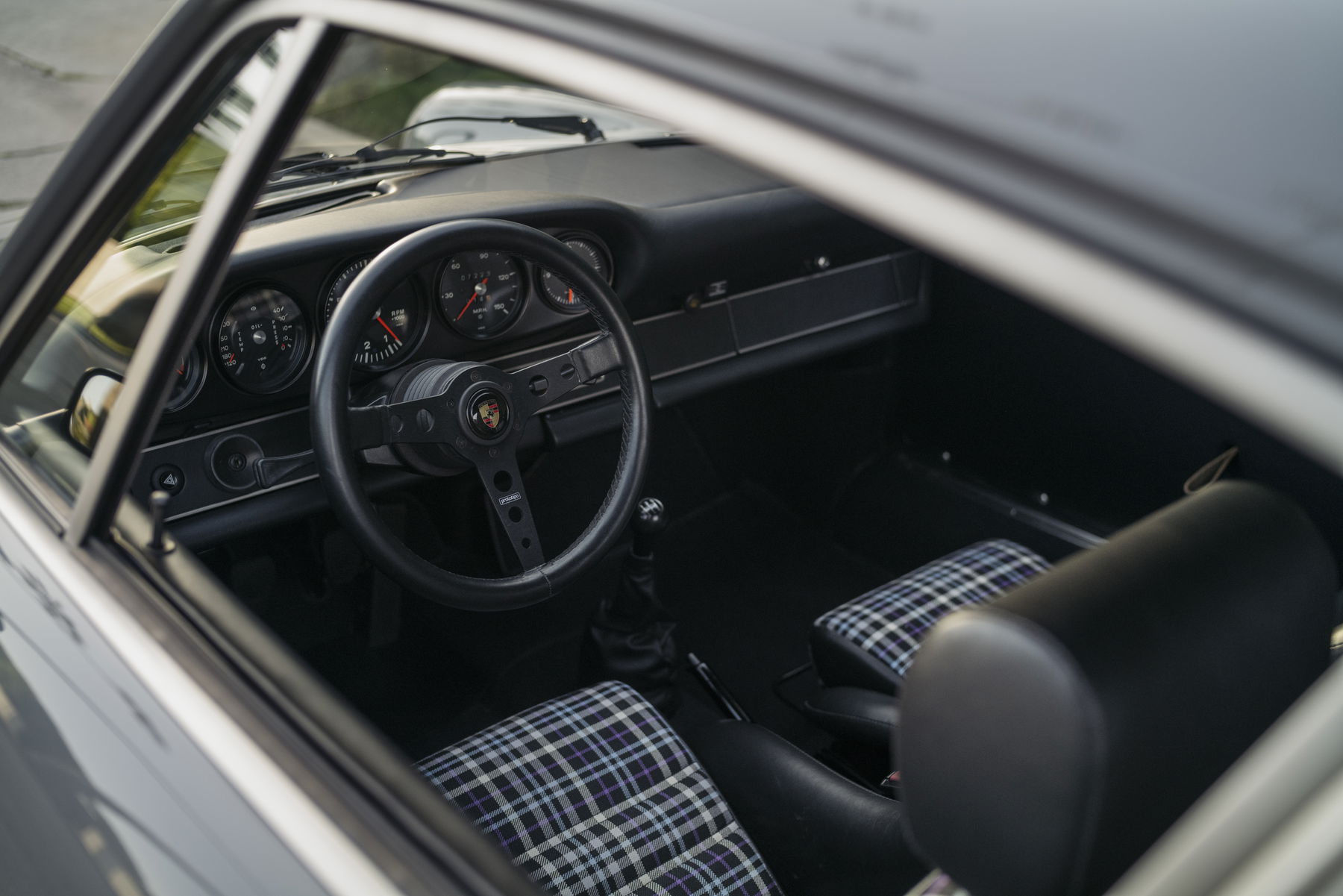
Bowman and Goldberg also went all-in on the chassis-side. To increase rigidity, Workshop 5001 stitch-welded the car’s whole structure on a Celette bench for an eye-watering 40,000 Dollars! But it paid off, because that way, Workshop 5001 increased the structural rigidity by some 15 to 20 per cent. That in return gives better body control and much improved handling to the 2,200 lbs featherweight.
“In combination with the KW 3-way motorsport suspension, we probably created one of the best driving long-hood 911s in existence. KW really nailed the suspension tuning on that setup. It almost feels like it soaks up road imperfections like a trophy truck and still carves like a scalpel”, Marlon Goldberg says. Even while building it, Goldberg knew this car would speak to the right audience. “We knew we were creating something special”, he reflects. “Something that would last.”
Much has changed since then. Workshop 5001 has now completed over a dozen full builds, plus countless other projects. Engine upgrades, chassis reinforcements, complete mechanical transformations, you name it. One thing hasn’t changed, though: “Whenever I get the feeling that a project in the end won’t reflect the values of Workshop 5001, I will refuse doing it”, Goldberg says.
That focus on craft earned him a reputation. “Many clients have returned for second, even third builds” – a quiet testament to trust earned not through marketing, but through meticulous work. It seems like Goldberg created a close-knit team, almost like a family, with the goal to beat the establishment. And in doing so, they’ve done so remarkably well, that they themselves are a part of it long since.
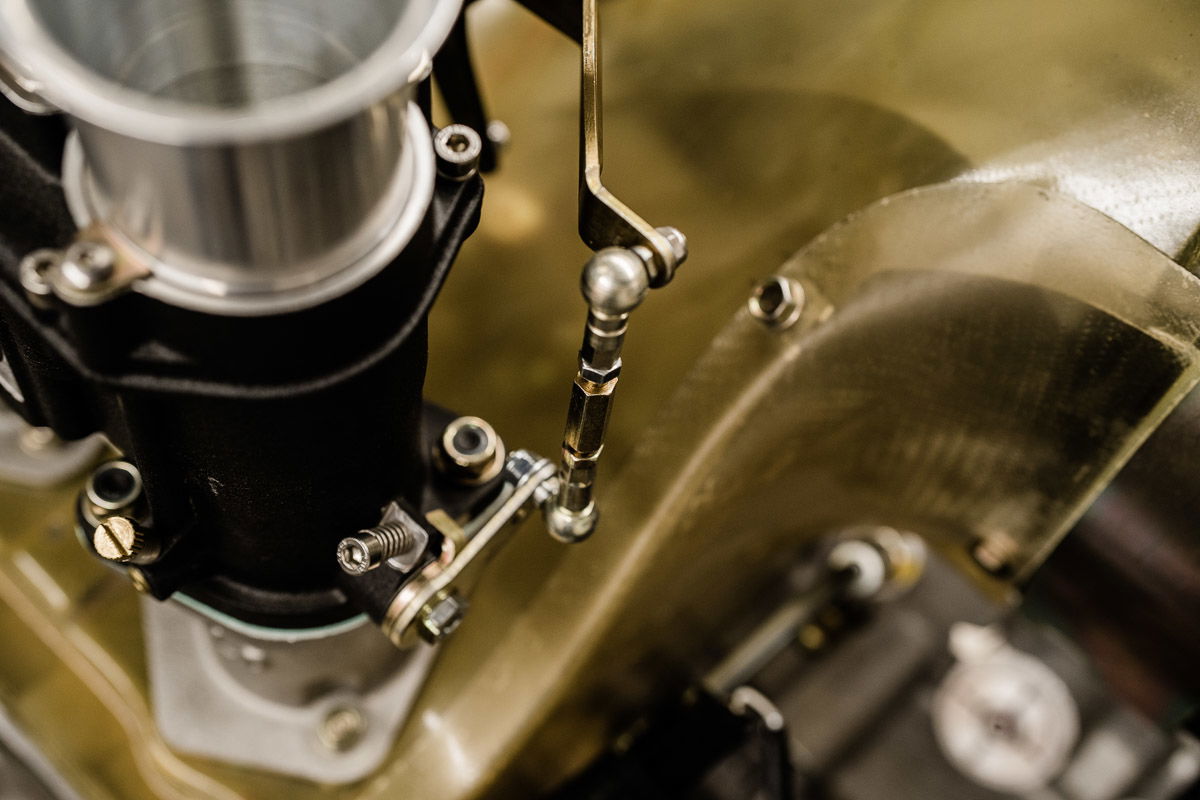
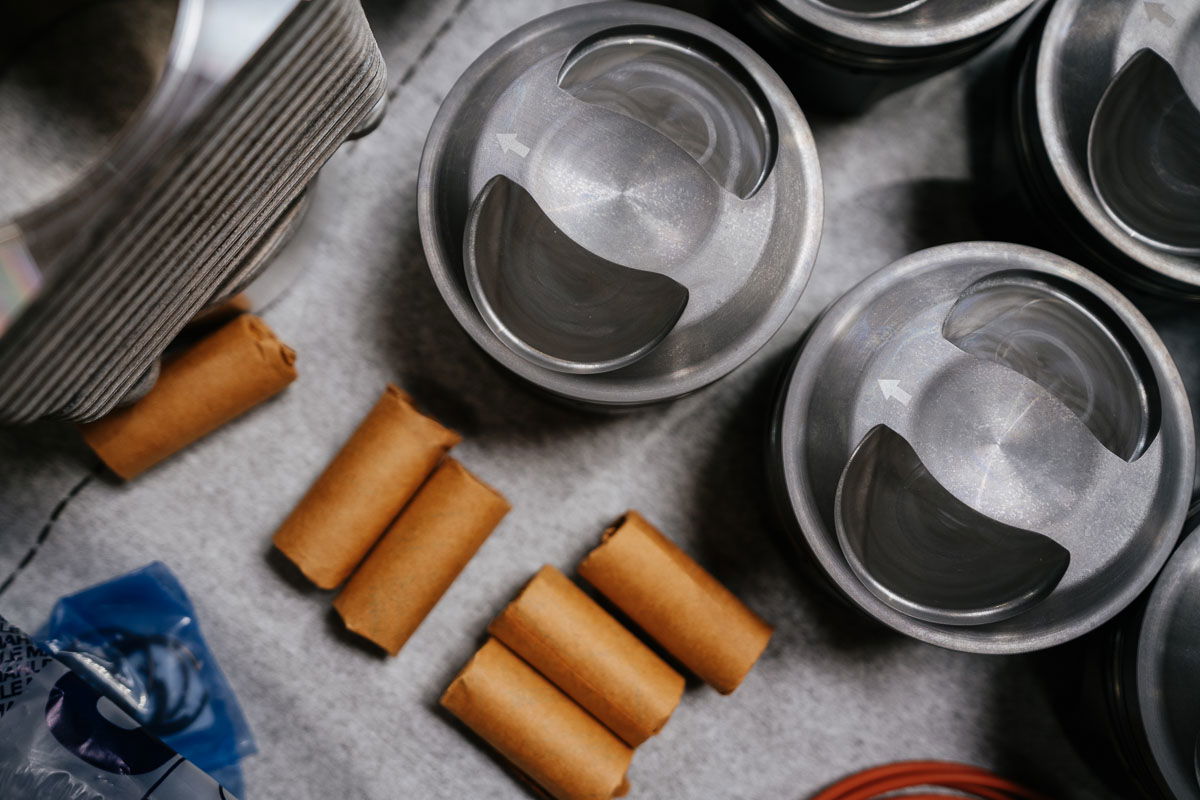

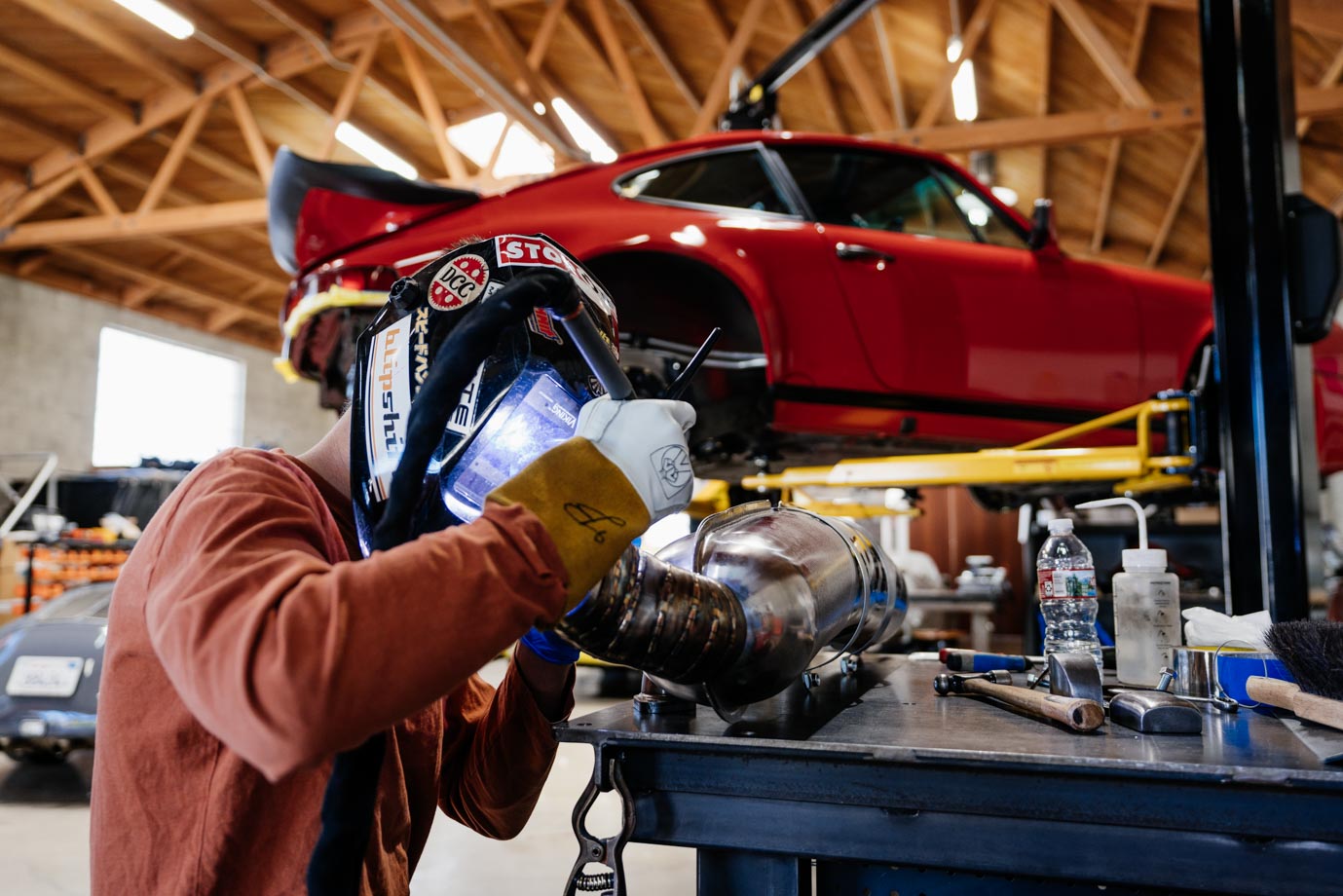
The commission behind “Number 1” didn’t come from a collector seeking the spotlight, but from someone with a clear idea: to build a car that felt as sharp as it gets in the canyons of Malibu while maintaining the classic 911 looks. “Rather than following the trends of the early restomod movement, the goal was a more understated, performance-focused machine”, says the owner, who prefers staying anonymous. Porsche racer Patrick Long helped spark the project by connecting him with Marlon Goldberg – a turning point that marked the very beginning of Workshop 5001.
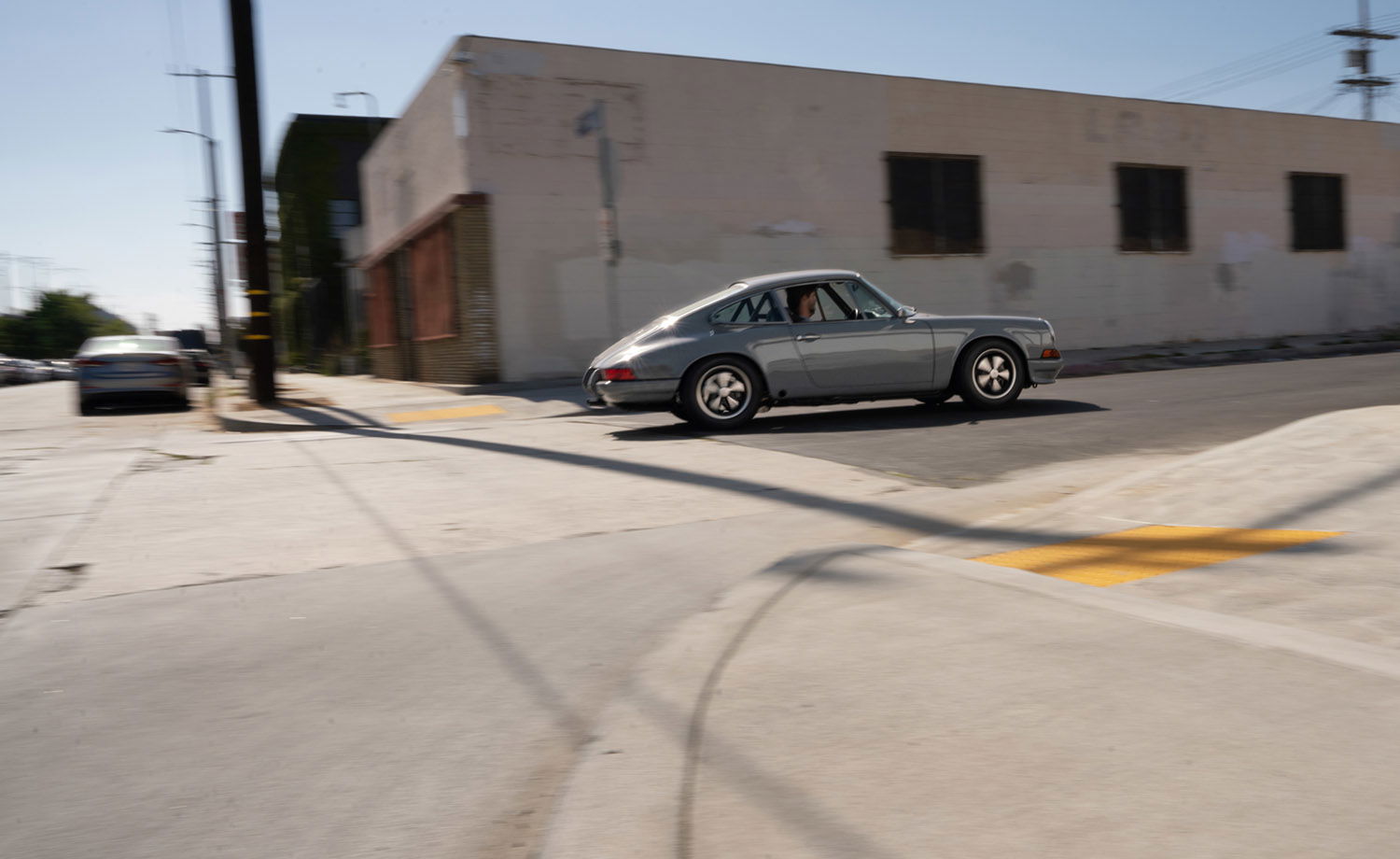
The car, a late Porsche 911 T, was chosen for its clean foundation. One of the hardest things to decide was the color. “The car wasn’t silver originally, but in super rare Royal purple. A color which didn’t resonate with anyone involved”, Marlon remembers. After a lot of back and forth, the decision was made to go for Nardo Grey. Goldberg initially hesitated: “You know that’s an Audi color, right?” But the answer was clear: this was no restoration. It was a restomod with its own character – focused on performance, with numerous parts which aren’t period-correct anyway. “So we went for Nardo Grey.”
But the Porsche scene’s reception of the car remained a topic of uncertainty for both Marlon and the owner. “It was a first on so many levels – almost the polar opposite of everything else built in the Porsche hot rod scene back then”, Marlon recalls. “Showing the car at Luftgekühlt, everybody involved was still a bit nervous. But the audience loved it! An instagram video of the engine bay gathered 250,000 likes within half an hour!”, a very excited owner remembers today.
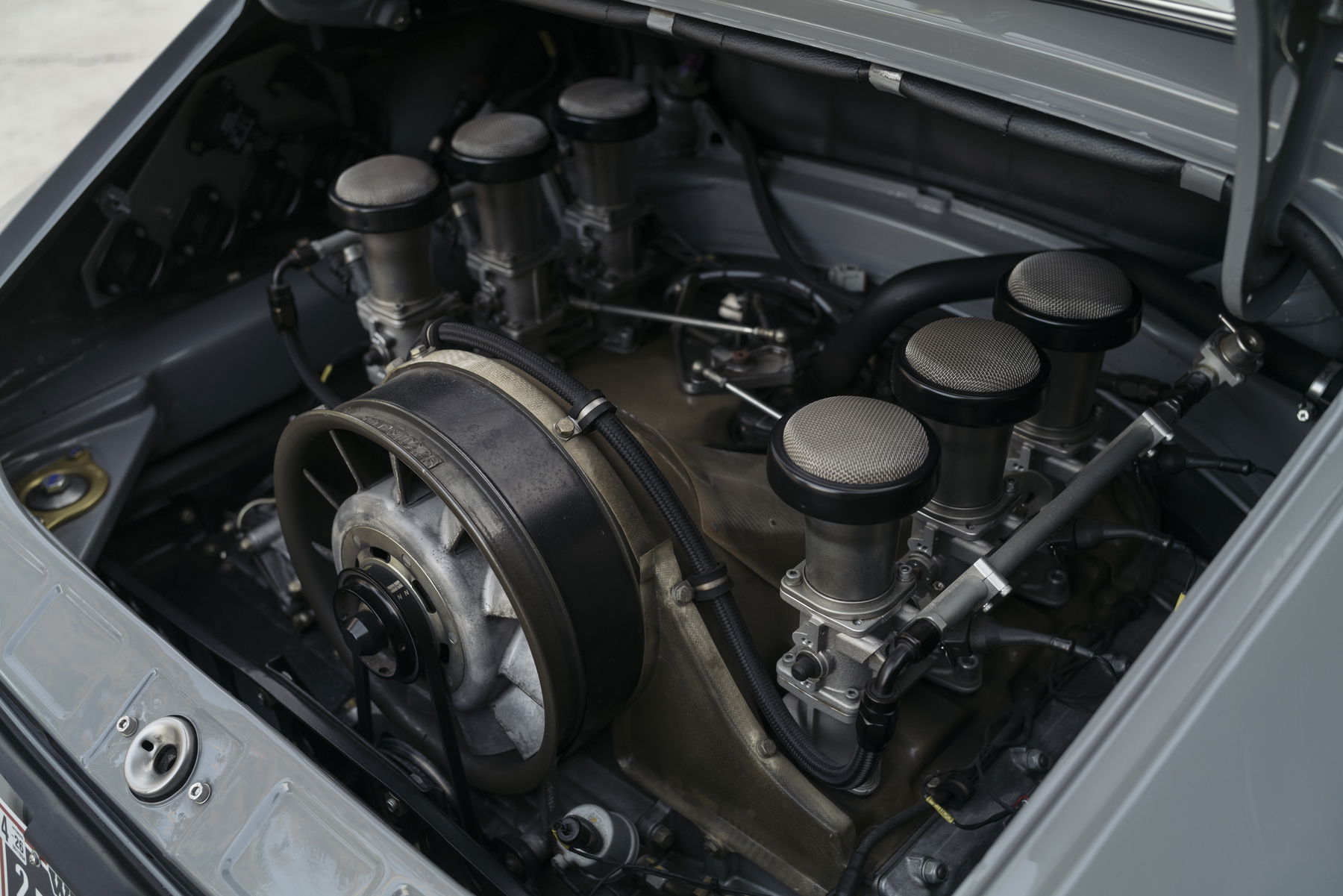
But beyond the social media buzz, the real magic was revealed on the road. The first canyon drive, with Patrick Long behind the wheel, left a lasting impression on Number 1’s keeper: “It was a moment of awe, when it became clear just how far the project had come, how capable the car was”. Thanks to the meticulous attention to detail – including full stitch welding, a lightweight carbon roof, and the first KW 3-way coilover suspension of its kind in such a build – “Number 1” quickly became something of a benchmark.
Its original owner preferred Workshop 5001’s Number 1 over a 997 GT3 RS. Yet, now it’s time to pass it on to another enthusiast, who will properly enjoy it.
My car was designed by maniacs to be a real driver’s car, a wolf in sheeps’ clothing. I enjoyed it so much that I sold a 997 GT3 RS, because I preferred Number 1. It’s so good that – even today – I literally wouldn’t change a thing.
Number 1’s original owner
And yet, Workshop 5001’s Number 1’s presence still lingers – as a bold, purpose-built creation that doesn’t chase heritage but redefines it. A true driver’s car, born from vision, craft, and the belief that real innovation speaks softly – and carves corners hard.
Although Number 1 still holds up remarkably well, Goldberg acknowledges that the workshop’s technical evolution hasn’t stopped. If there’s one thing he’d love to see added, it’s an electronic throttle body. “It’s a game-changer for drivability and has become a subtle but meaningful upgrade in more recent projects”, Marlon adds.
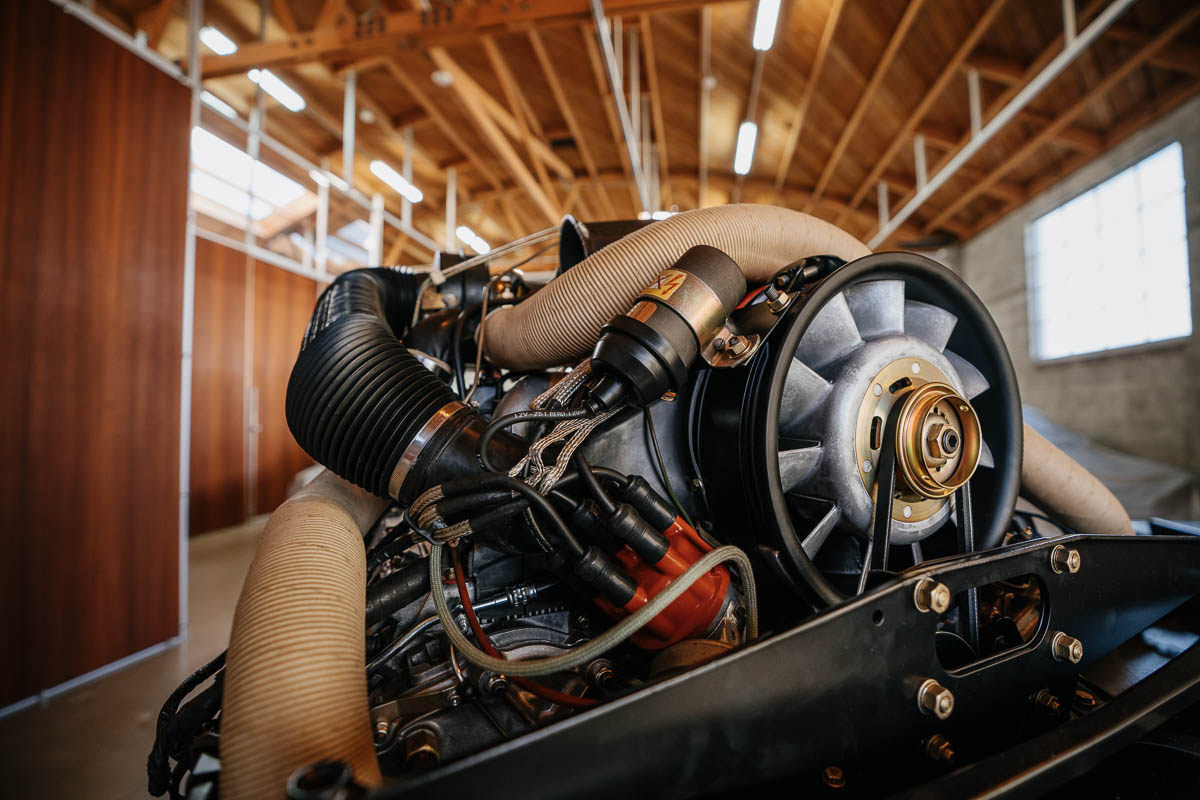
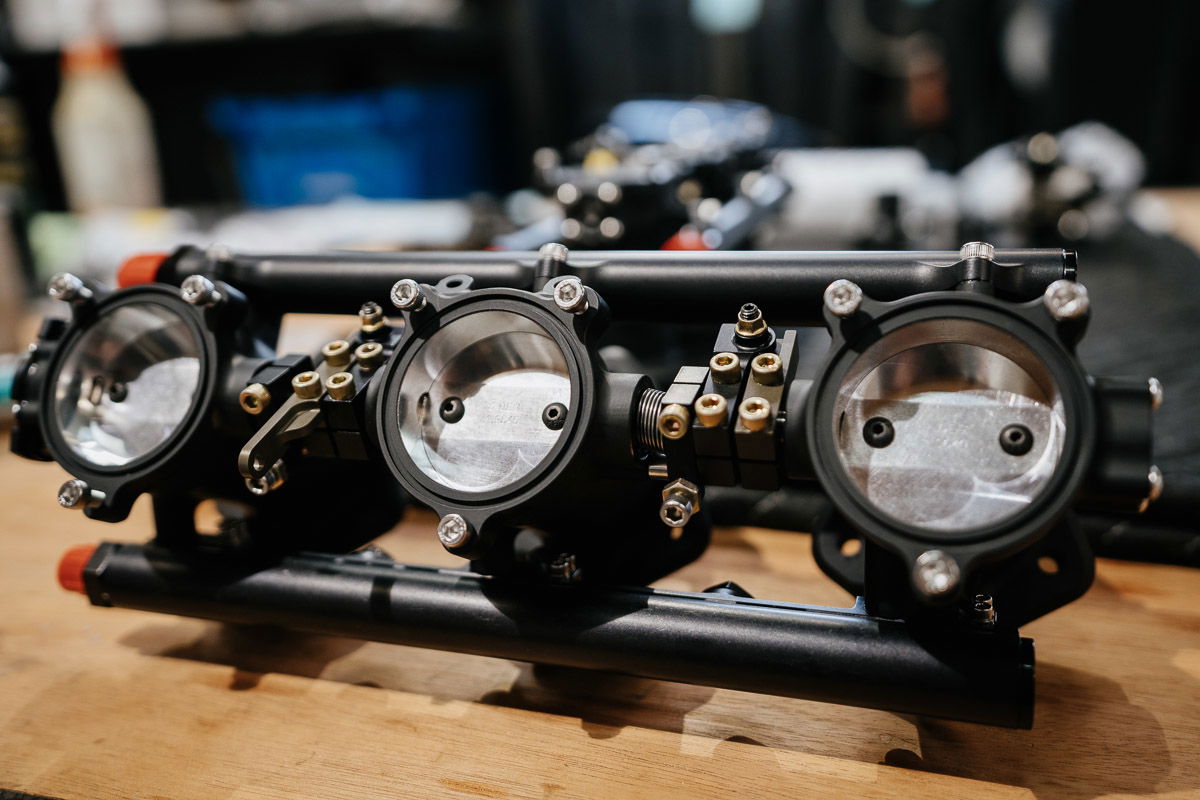
“We got most of it right the first time”, Goldberg says. “But if you’re really trying to perfect your craft, you’re always improving.” New vendors, smarter engine management, refinements in every corner – the learning hasn’t stopped. Still, he maintains: “this engine in this chassis still hits that elusive sweet spot”.
The car’s return to Workshop 5001 is more than a transaction. “It’s like seeing an old friend again”, the founder says. The pride is still there – just like it was on day one. “Number 1 isn’t a relic, it’s proof of concept. A timeless creation that’s just as exciting now as it was when it first left the shop. I have so many fond memories of the build process. There were exceptionally good vibes around the shop. Even ten years down the road, I’m still proud of it!”

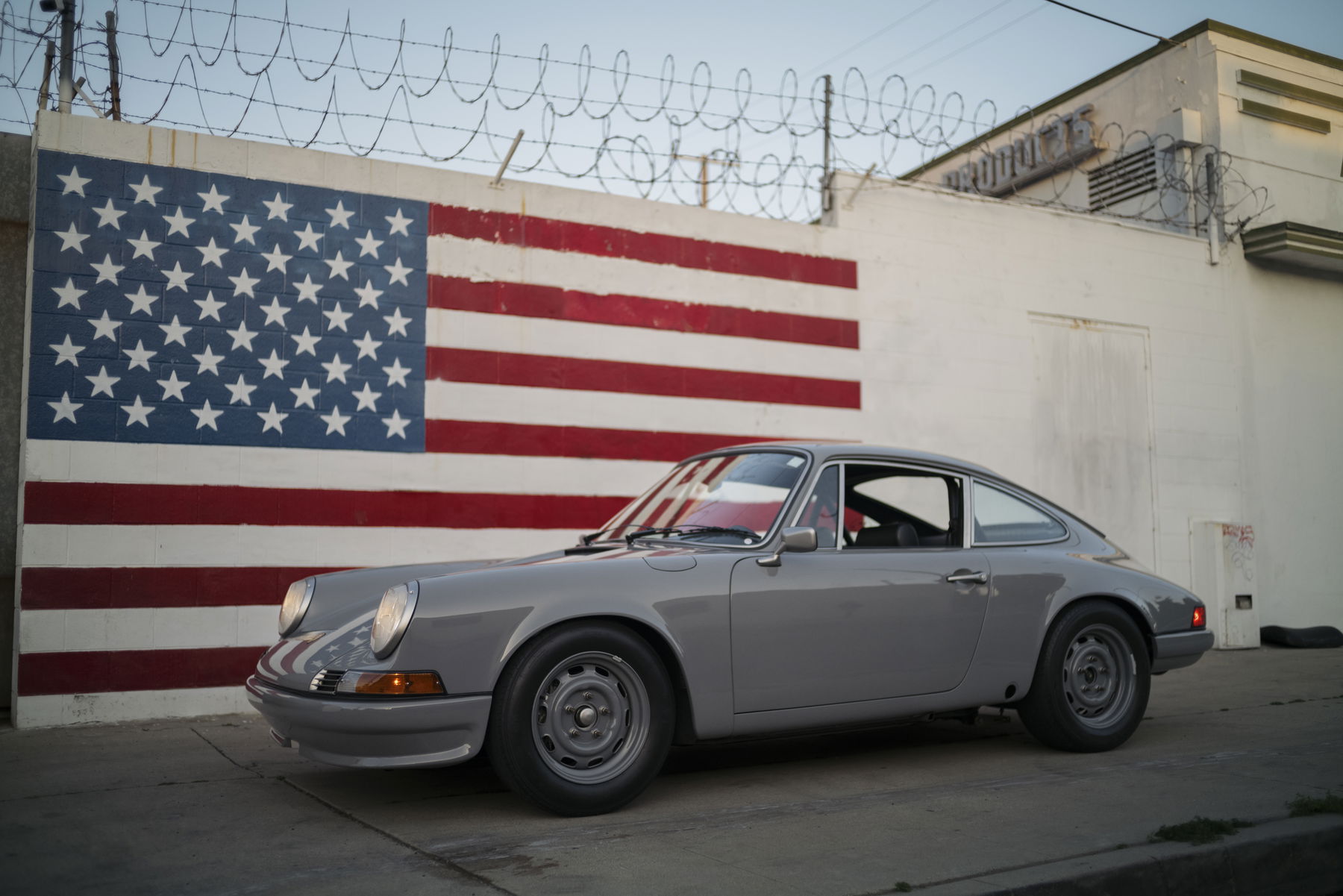

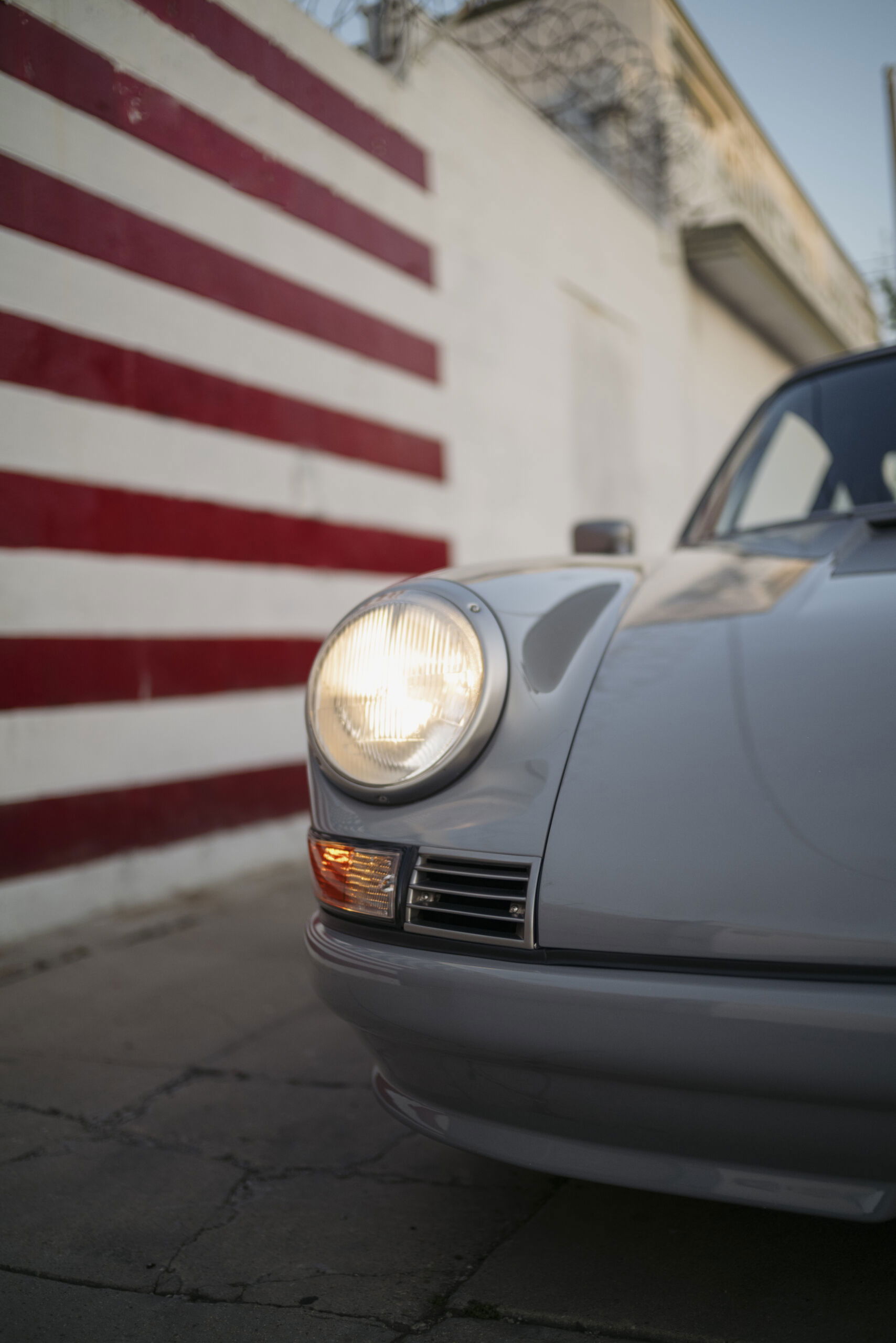
Nobody had done something to this level in the restomod scene before. It was executed so well, that I even got an invitation to show the car at an art college in Pasadena at one point.
Number 1’s original owner
“John and I really saw this car as an opportunity to show the world what we could build ourselves, with nobody else apart from the client talking into it”, Goldberg remembers. And now, it’s time for it to find a new home. But not just any home. “We want someone who really gets it. Someone who feels it. And we want to welcome that person into our workshop, into our family.”
If reading this sparks the urge to commission your own Workshop 5001 build, be prepared to wait. Full builds typically take 18 to 24 months, plus additional time to source the right base car. “Mostly, we’re a bit quicker. The last 964 took 14 months”, Marlon says. But if Number 1 proves anything, it’s that good things come to those who wait.
With Workshop 5001’s Number 1 the L.A.-style hotrodding got its own role model. Whoever owns this car in the future will certainly be aware of its significance and enjoy it to the max.
© images: Trevor Dalton
Elferspot magazine